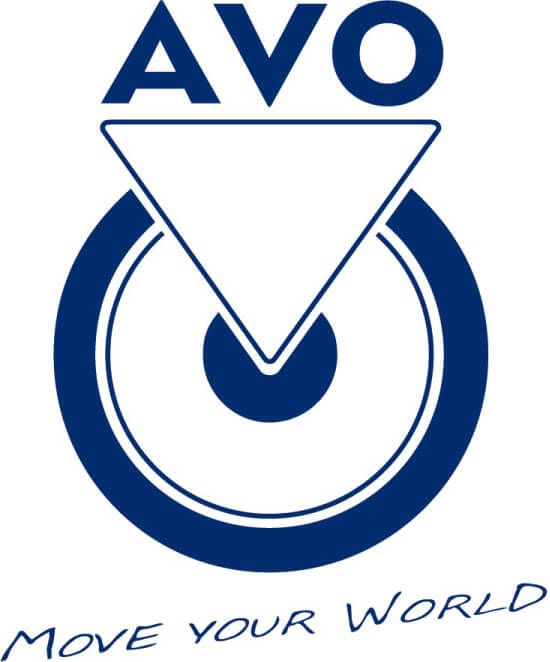Manufacturing process
Quality, control and integrated production
The integration of the main stages of production within the Company enables continuous and direct control over the high quality standards of the process. This approach ensures synergistic management of key stages, helping to maintain a high level of quality at every step of the production process.
The three neighboring production units occupy a total area of about 17,000 m². This size provides sufficient space for the efficient and accurate execution of production activities.
Within these units, the various departments are managed as true production units, each responsible for incoming and outgoing quality, as outlined by the company’s Integrated Quality and Environmental Management System (IQMS). This organizational approach not only promotes strict quality control, but also clear accountability to ensure that standards are met at every stage of production. Consistency with the EMS highlights the company’s ongoing commitment to operational excellence and meeting customer expectations.
The production processes of our products are divided through several specialized and integrated stages to ensure a high quality end result. Here is a brief description of each process:
Transfer Cutting
Iron and stainless steel rolled products, coils, are in a first stage subjected to cold processing…
Trance Department
The stamping department includes stamping, shooting and manual assemblies with hydraulic and mechanical presses…
Automatic Assemblies
In the automatic assembly department, automatic assembly of furniture supports and rubber wheels takes place…
Vulcanization
The vulcanization department is dedicated to covering cast iron, steel or aluminum cores with polyurethane…
Molding
In the plastic molding department, thermoplastic material granules are made into wheels through the process of melting…
Assembly and Packaging
In the assembly and packaging department, the finished product is made…
